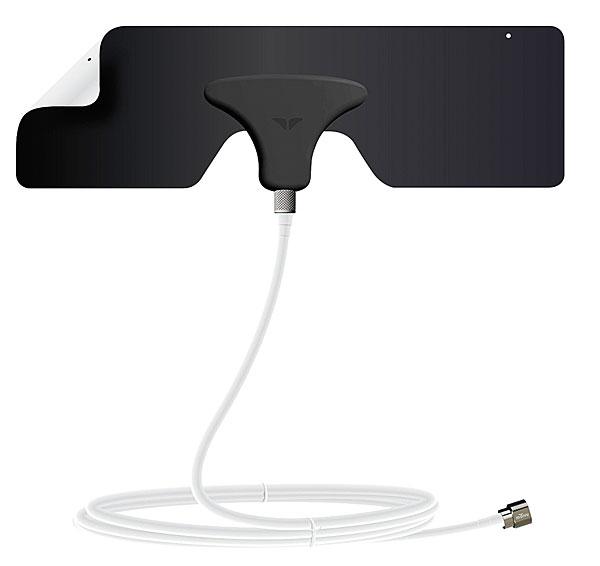LATEST ADDITIONS
|
Aug 29, 2014
|
Aug 29, 2014 |
First Published: Aug 28, 2014
|
Aug 27, 2014
|
Aug 27, 2014















